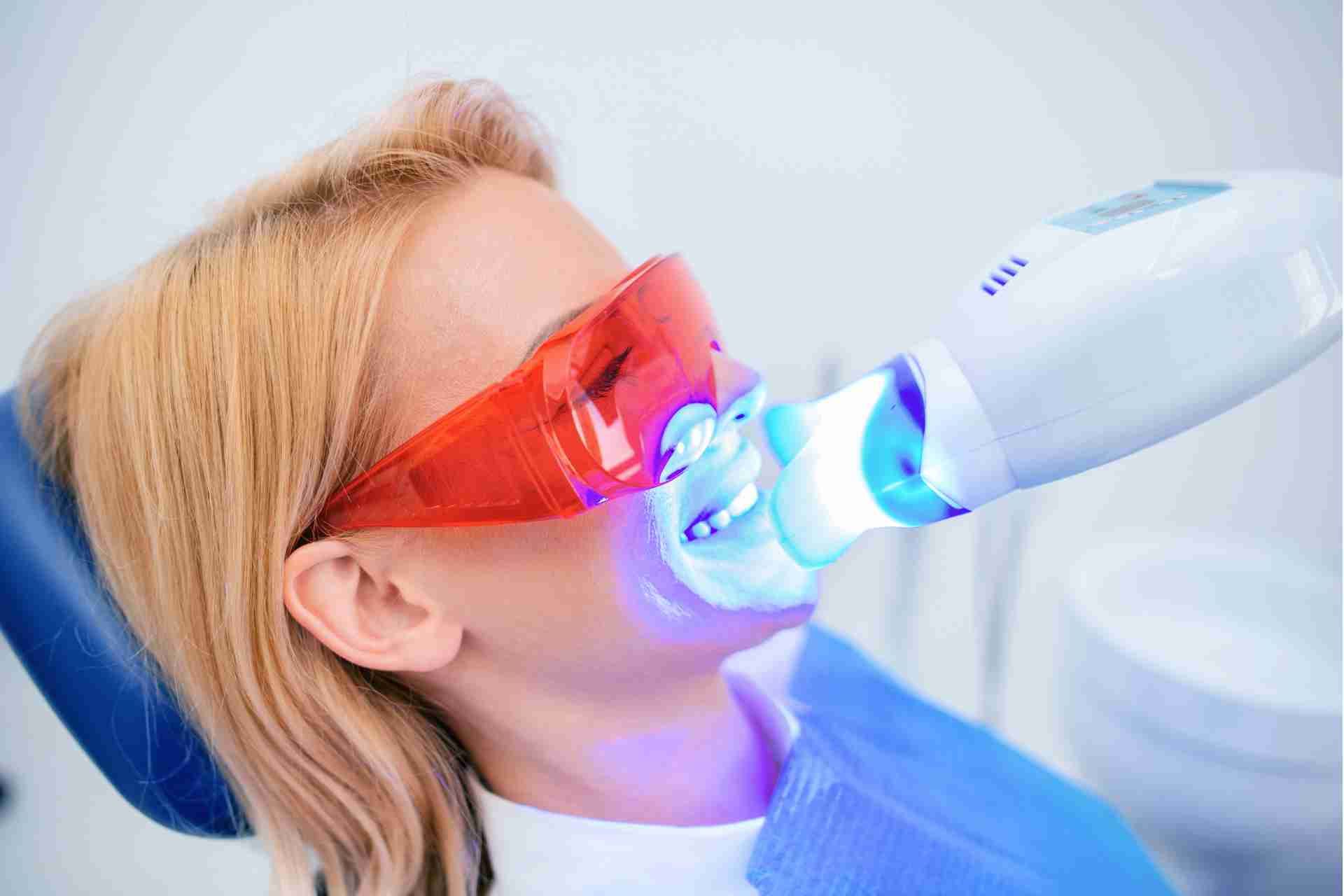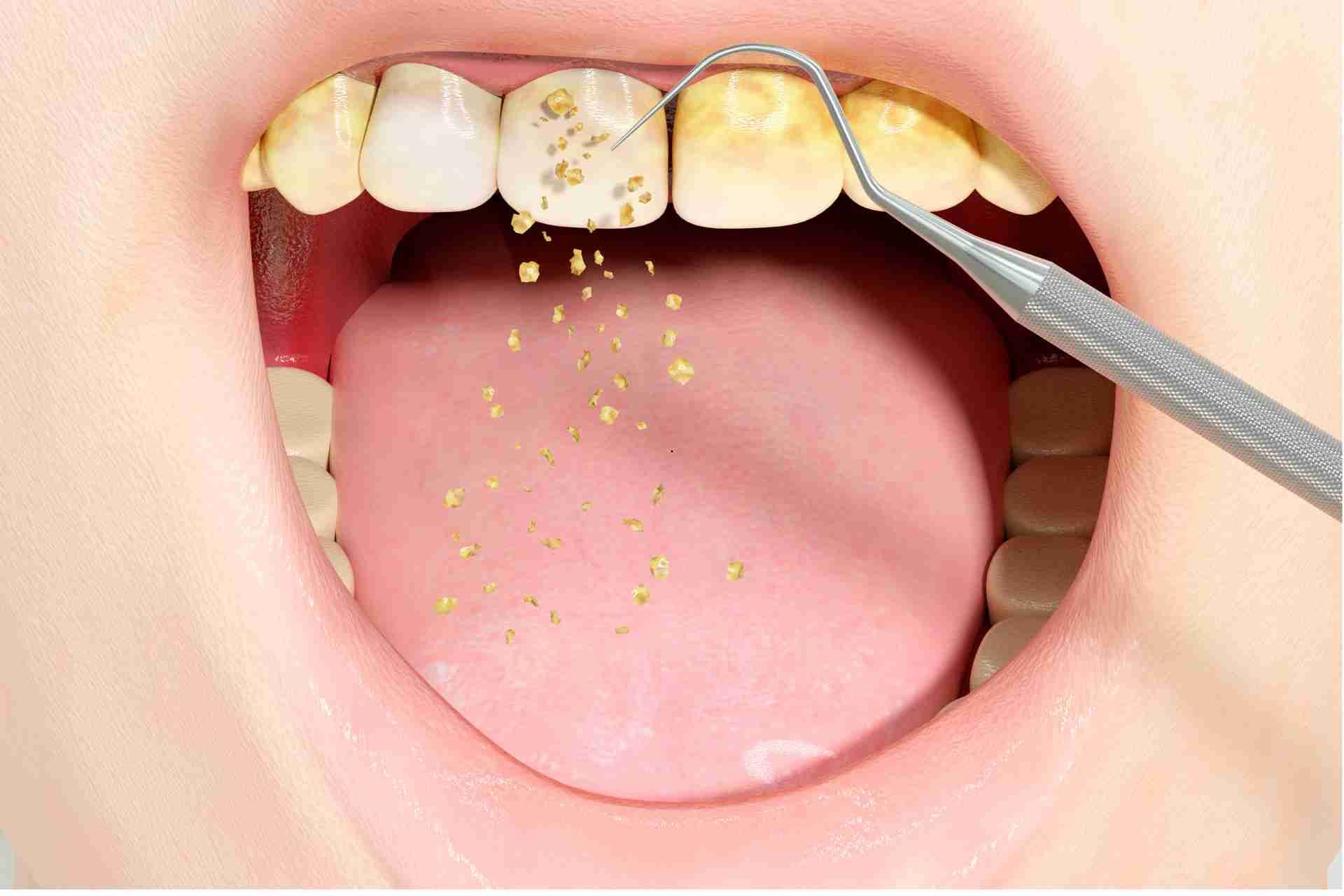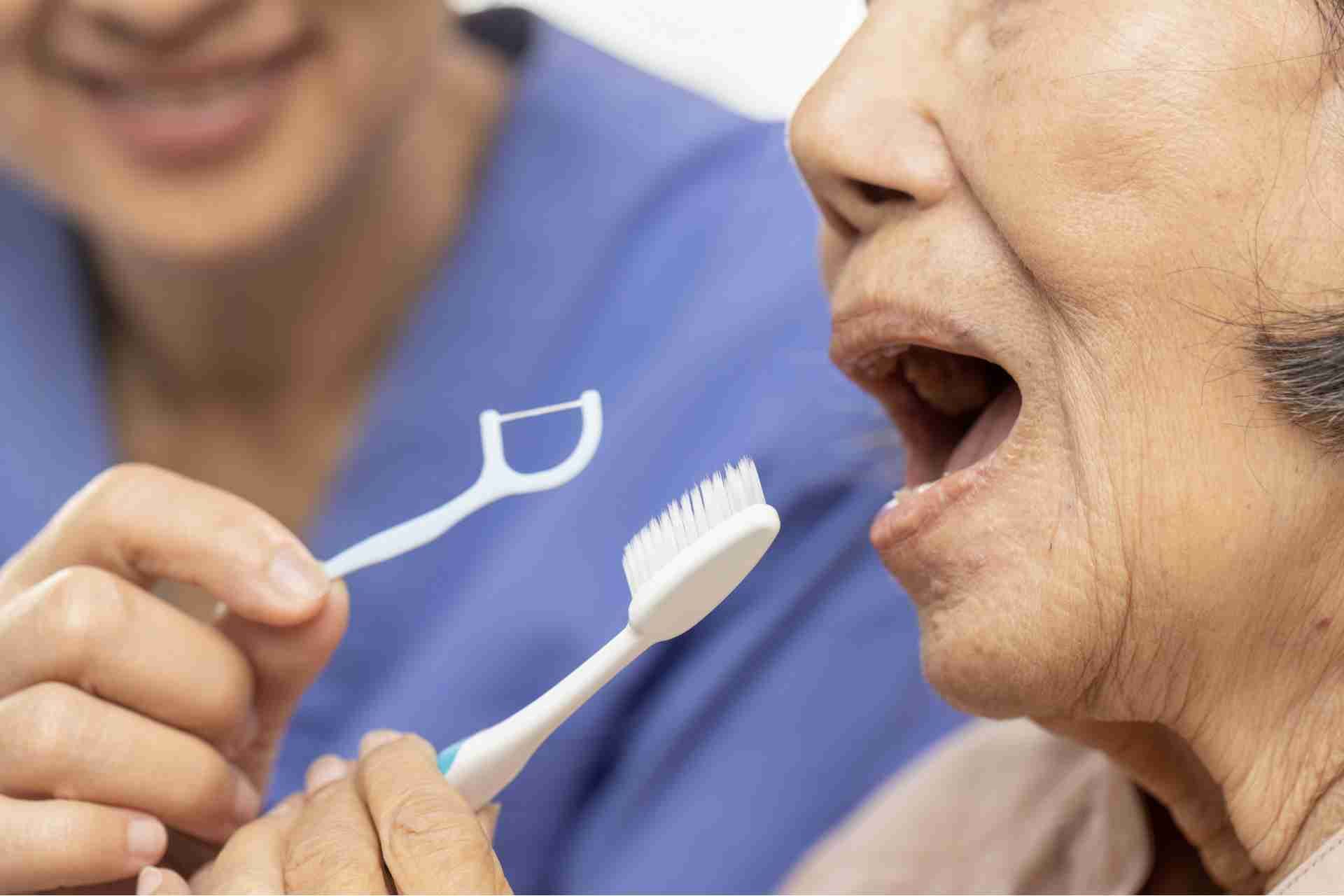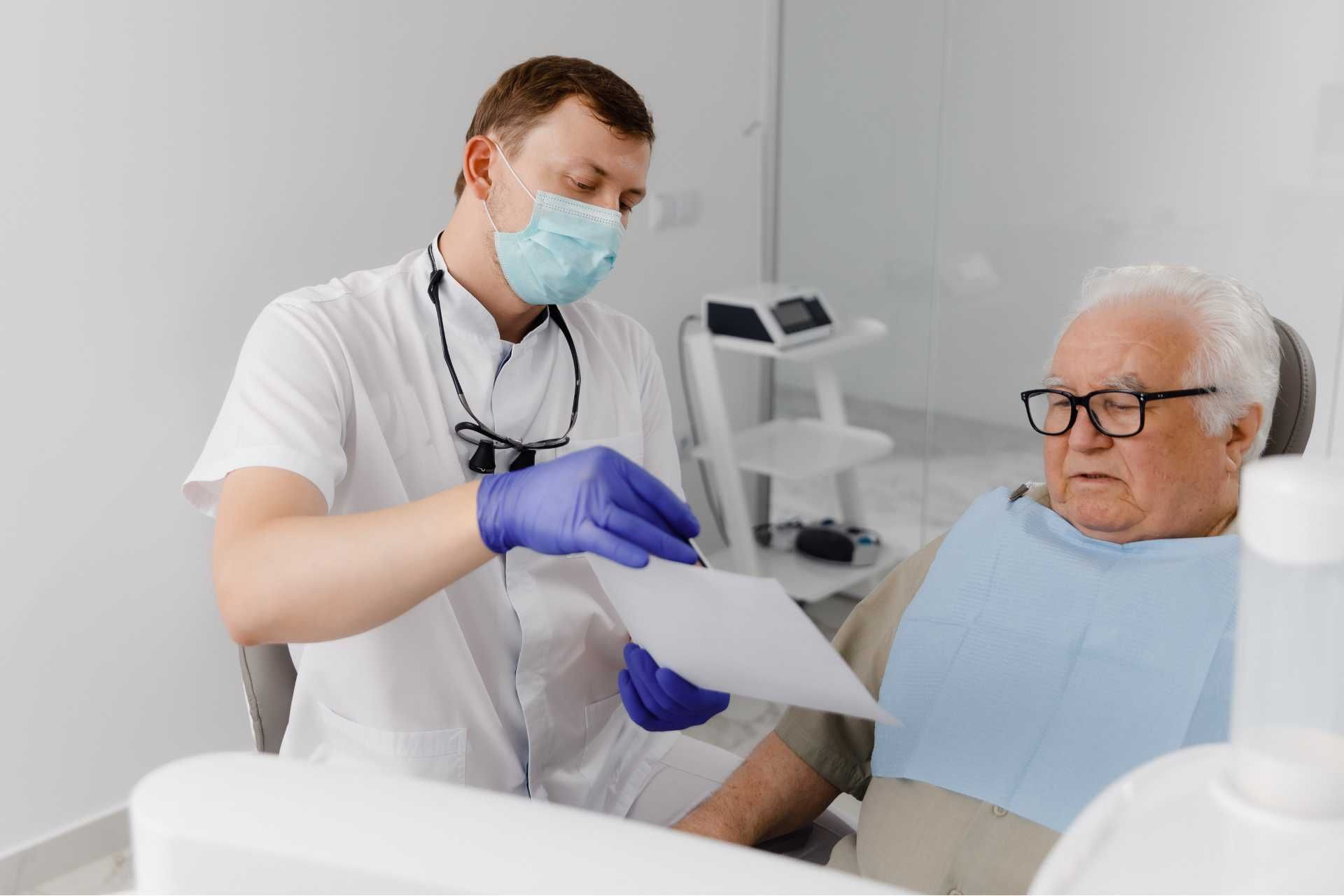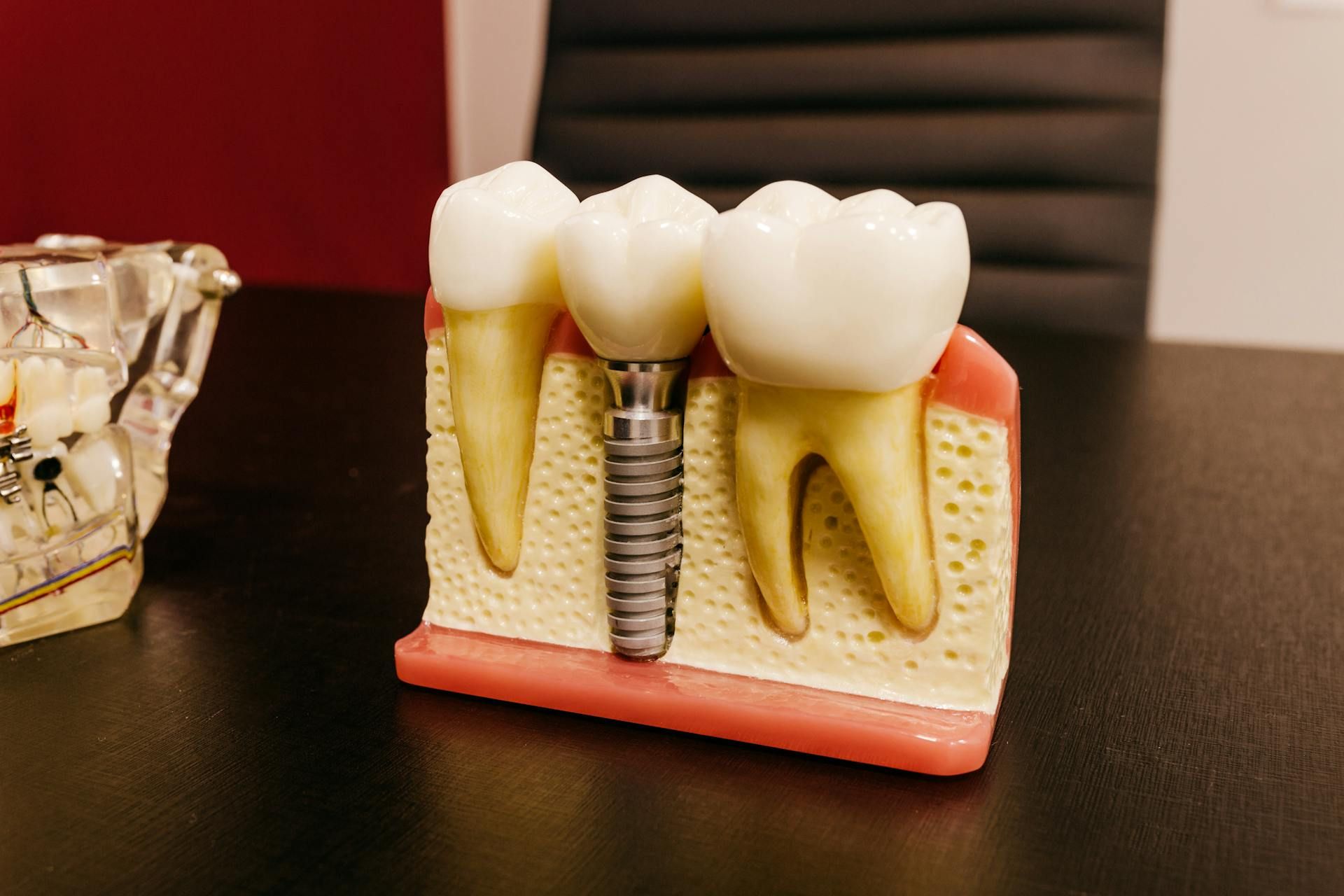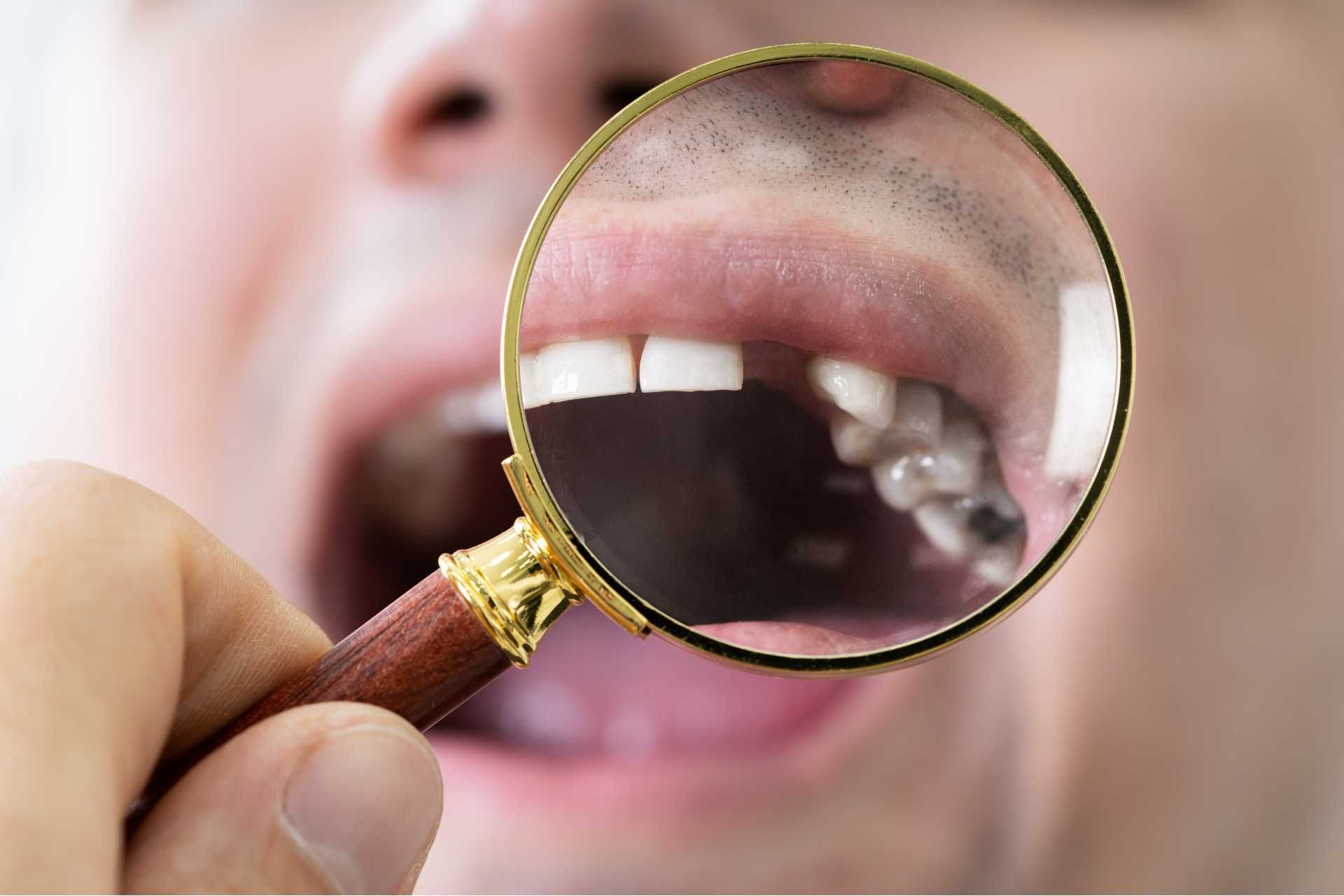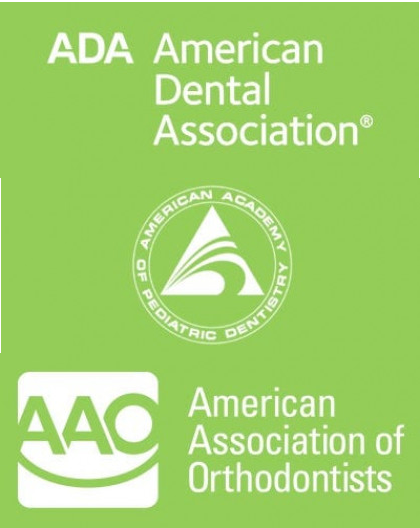Types of Periodontal Disease
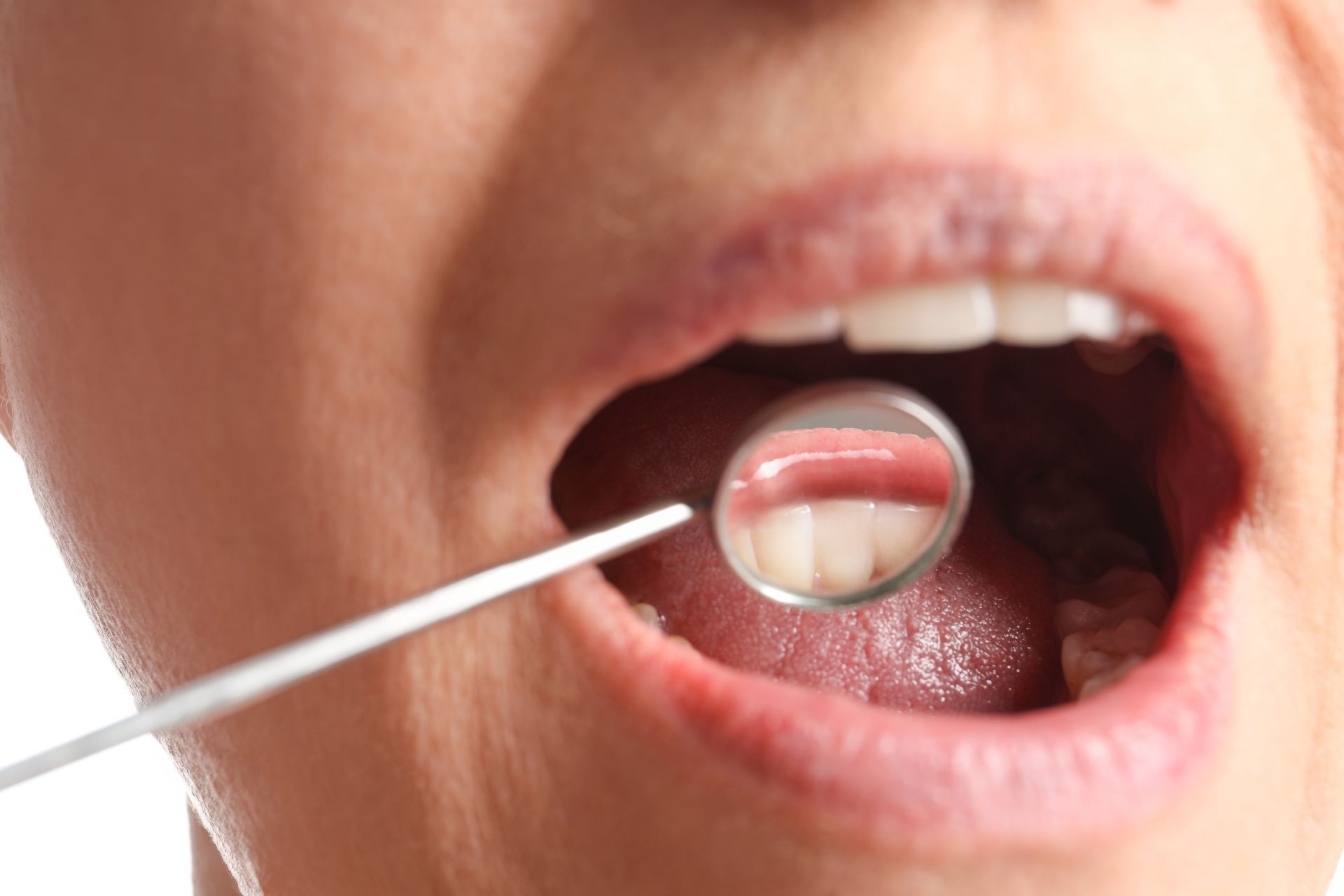
Periodontal disease is a common dental condition that affects the gums and surrounding tissues of the teeth. It is a progressive and potentially serious condition that, if left untreated, can lead to tooth loss and other complications. There are several types of periodontal disease, each with its own set of symptoms and severity.
Let's start exploring the different types of periodontal disease, their causes and risk factors, and how they can be prevented and treated. So, whether you are experiencing symptoms of gum disease or simply want to learn more about how to maintain good oral health, keep reading to find out more about this important topic.
Gingivitis
Gingivitis is inflammation of the gums caused by plaque buildup on the teeth. Plaque is a sticky film of bacteria that forms on the teeth when sugars and starches from food interact with the bacteria in the mouth. If plaque is not brushed and flossed away regularly, it can harden into tartar, which can irritate the gums and lead to gingivitis.
Common symptoms of gingivitis include red, swollen, and tender gums that may bleed easily when you brush or floss. Chronic bad breath or a bad taste in the mouth can also be signs of gingivitis.
The good news is that gingivitis is easily preventable with good oral hygiene habits. Here are some tips to help keep your gums healthy:
- Brush your teeth at least twice a day, using a fluoride toothpaste and a soft-bristled toothbrush. Be sure to brush along the gumline and on all surfaces of your teeth.
- Floss daily to remove plaque and food particles from between your teeth. This can help prevent plaque buildup and gum inflammation.
- Visit your dentist regularly for professional cleanings and check-ups. Your dentist can detect early signs of gingivitis and provide treatment before it progresses.
- Eat a balanced diet and limit sugary and starchy foods, which can contribute to plaque buildup.
- Avoid smoking and using tobacco products, as they can increase your risk of developing gingivitis.
If you notice any signs of gingivitis, such as bleeding gums or persistent bad breath, schedule an appointment with your dentist as soon as possible. Early treatment and proper oral hygiene can help prevent gingivitis from progressing into more serious gum disease.
Chronic periodontitis
Chronic periodontitis is a common but serious oral health condition that affects millions of people worldwide. It is a type of gum disease that causes inflammation and infection of the gums, bones, and other supporting structures of the teeth. If left untreated, chronic periodontitis can lead to tooth loss and other serious health complications.
One of the main causes of chronic periodontitis is poor oral hygiene. When plaque, a sticky film of bacteria, builds up on the teeth and gums, it can harden into tartar, causing irritation and inflammation. This can eventually lead to the destruction of the gums and supporting bone tissues.
Other risk factors for chronic periodontitis include smoking, hormonal changes, certain medications, genetics, and underlying health conditions like diabetes and autoimmune diseases. It is important to address these risk factors and maintain good oral hygiene to prevent the progression of chronic periodontitis.
The symptoms of chronic periodontitis may include red, swollen, or bleeding gums, persistent bad breath, loose teeth, and receding gums. If you experience any of these symptoms, it is crucial to seek treatment from a dentist or periodontist as soon as possible.
Treatment for chronic periodontitis may include deep cleaning procedures like scaling and root planing, medication, and in severe cases, surgery to repair damaged tissues. It is essential to follow the recommendations of your dental professional and maintain good oral hygiene habits to prevent a recurrence of the disease.
Aggressive periodontitis
Aggressive periodontitis is a severe form of periodontal disease that can cause rapid and irreversible damage to the gums and bone supporting the teeth. This condition affects a small percentage of the population, but can have a significant impact on oral health if left untreated.
Aggressive periodontitis is characterized by a rapid loss of attachment and bone around the teeth, leading to tooth mobility and eventually tooth loss. This condition often affects younger individuals and can progress quickly, making early detection and treatment crucial.
Some common symptoms of aggressive periodontitis include swollen and receding gums, persistent bad breath, and loose teeth. If you experience any of these symptoms, it is important to seek treatment from a dental professional as soon as possible.
Treatment for aggressive periodontitis usually involves a combination of scaling and root planing, antibiotic therapy, and possibly surgery to remove infected tissue and restore the health of the gums and bone. In some cases, tooth extraction may be necessary to prevent further spread of infection.
Preventing aggressive periodontitis starts with good oral hygiene practices, including regular brushing and flossing, as well as routine dental check-ups and cleanings. It is also important to avoid smoking and maintain a healthy diet to reduce the risk of developing gum disease.
Necrotizing periodontal disease
Necrotizing periodontal disease (NPD) is a severe form of gum disease that can have serious consequences if left untreated. This condition is characterized by rapid tissue destruction and the formation of necrotic (dead) tissue in the gums. NPD is typically associated with certain risk factors such as smoking, poor oral hygiene, stress, and a weakened immune system.
One of the main symptoms of NPD is severe gum pain and swelling, which can make eating and talking difficult. In some cases, the gums may also appear gray or black due to the presence of dead tissue. Other symptoms may include bad breath, bleeding gums, and loose teeth. If left untreated, NPD can result in the loss of teeth and even damage to the bone supporting the teeth.
Diagnosis of NPD is typically done through a clinical examination by a dentist or periodontist. X-rays may also be taken to determine the extent of tissue destruction and bone loss. Treatment for NPD usually involves a combination of professional dental cleanings, scaling and root planing to remove plaque and tartar buildup, and antibiotics to help control the infection. In some cases, surgery may be necessary to remove necrotic tissue and restore the health of the gums.
Preventing NPD involves maintaining good oral hygiene habits such as brushing and flossing regularly, avoiding tobacco use, and visiting the dentist for regular check-ups and cleanings. It is also important to manage stress and eat a healthy diet to support overall oral health.
Periodontitis as a Manifestation of Systemic Diseases
Systemic diseases are conditions that affect the entire body, not just a specific organ or part. Diseases such as diabetes, heart disease, rheumatoid arthritis, and even certain types of cancer have been linked to an increased risk of developing periodontitis. This connection between oral health and overall health is known as the oral-systemic link.
One of the most well-known systemic diseases linked to periodontitis is diabetes. Studies have shown that individuals with diabetes are at a higher risk of developing gum disease, and gum disease can also make it more difficult for diabetics to control their blood sugar levels. The link between these two conditions is believed to be due to the body's inflammatory response, which is heightened in individuals with diabetes and can worsen gum disease.
Heart disease is another systemic condition that has been linked to periodontitis. Research has shown that individuals with gum disease are at an increased risk of developing heart disease, and vice versa. The exact relationship between these two conditions is not fully understood, but it is believed that chronic inflammation and the presence of bacteria from gum disease can contribute to the development of cardiovascular issues.
Rheumatoid arthritis, an autoimmune disease that causes inflammation in the joints, has also been linked to gum disease. Individuals with rheumatoid arthritis are more likely to have gum disease, and the severity of their arthritis has been shown to correlate with the severity of their gum disease. While the exact mechanism behind this link is still being researched, it is believed that the inflammatory processes in both conditions may be connected.
How are periodontal diseases diagnosed?
There are several methods used to diagnose periodontal diseases. The most common method is a dental examination conducted by a dentist or periodontist. During this examination, the dentist will look for signs of gum inflammation, bleeding, recession, and pockets between the gums and teeth. They may also check for loose teeth, plaque and tartar buildup, and changes in the bite.
In addition to a visual examination, dentists may also use special instruments such as a probe to measure the depth of the pockets between the gums and teeth. Pockets deeper than 4 millimeters are a sign of gum disease. X-rays may also be taken to check for bone loss and other signs of periodontal diseases that are not visible during a regular examination.
Another common method used to diagnose periodontal diseases is a periodontal screening and recording (PSR) exam. This involves checking six sites around each tooth to assess the health of the gums and surrounding tissues. Each site is given a score based on the level of periodontal disease present.
In some cases, dentists may also use a gum biopsy to diagnose periodontal diseases. This involves taking a small sample of gum tissue to examine under a microscope for signs of infection or inflammation.
It is important to remember that early diagnosis and treatment of periodontal diseases can help prevent further damage to your gums and teeth. If you notice any symptoms of gum disease, such as bleeding gums, bad breath, or loose teeth, it is important to see a dentist as soon as possible for a proper diagnosis and treatment plan.
Prevent Periodontal Disease with Pennington Orthodontics & Pediatric Dentistry
At Pennington Orthodontics & Pediatric Dentistry, we know how important it is to maintain good oral health in order to prevent periodontal disease. Our team of experienced orthodontists and pediatric dentists is dedicated to helping patients of all ages achieve healthy smiles and prevent dental issues such as gum disease.
If you are concerned about preventing periodontal disease,
schedule a consultation with Pennington Orthodontics & Pediatric Dentistry today. Our team will evaluate your oral health and develop a plan to help you maintain a healthy smile for years to come. Don't wait until it's too late – take steps to prevent periodontal disease and keep your smile healthy and beautiful with Pennington Orthodontics & Pediatric Dentistry.
